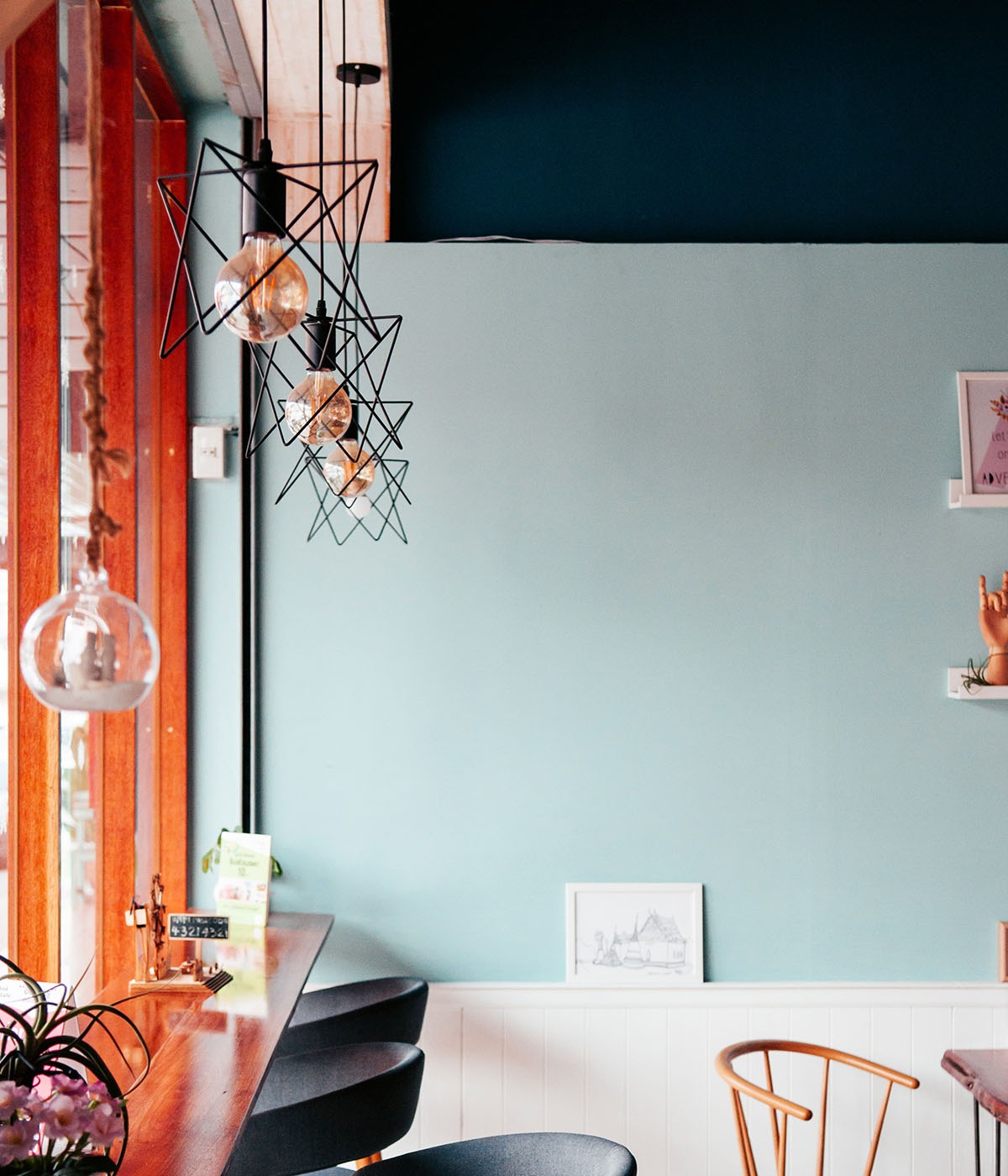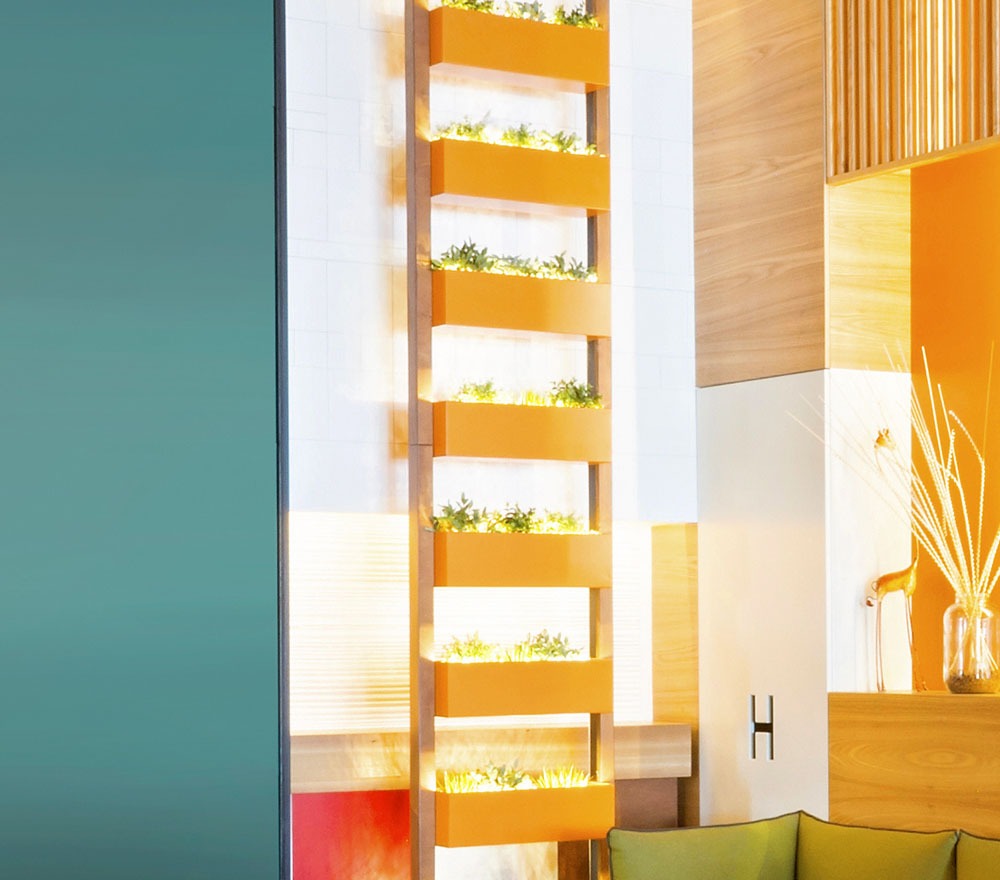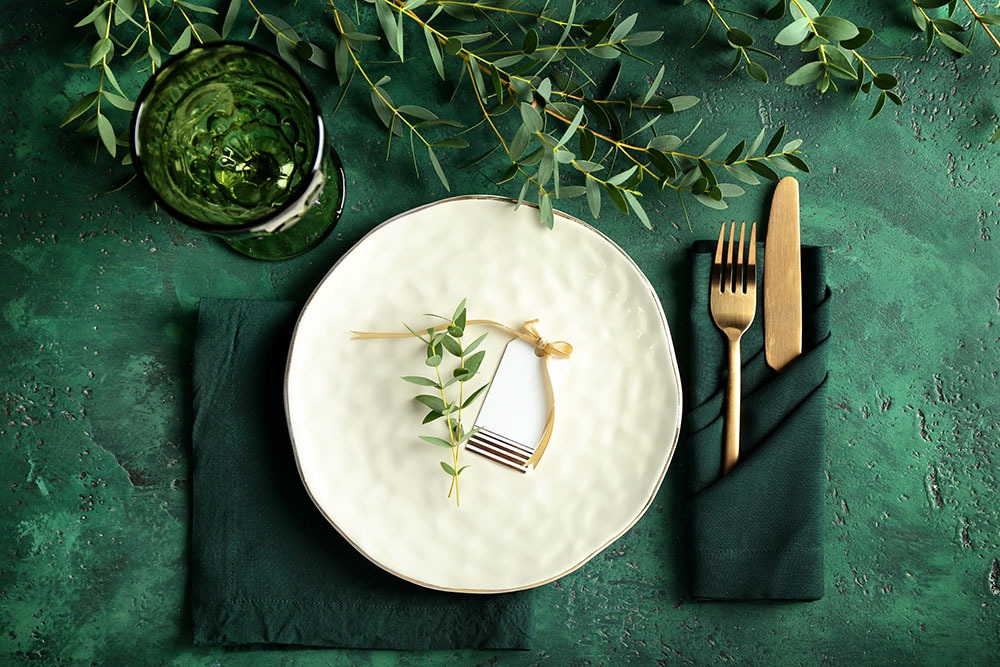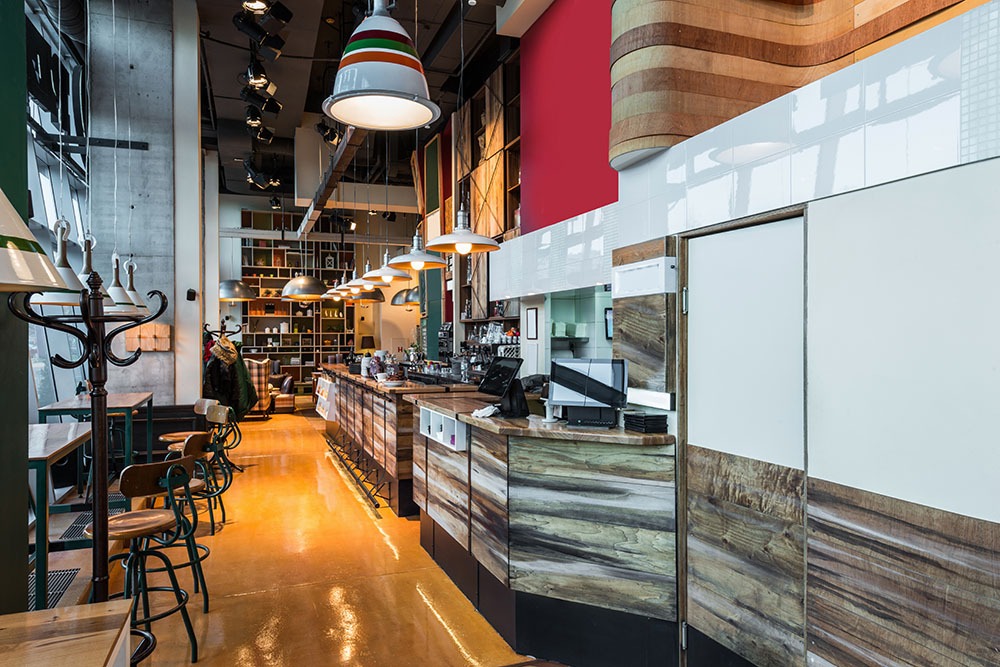Restaurant decor and theme
Creating an appropriate design concept is the first step towards a pleasant restaurant atmosphere. The design concept is the foundation upon which the rest of the design elements rest. The concept design is what guides the selection of decorative elements and, ultimately, it is what defines the feel of the space.
To create the design concept of a restaurant, having a clear understanding of diner expectations is key. Patrons visiting different types of restaurants have different expectations concerning space and design. The design concept of a fast-food restaurant will be radically different from the design concept of a fine-dining restaurant. Matching diner expectations to the style and type of the restaurant is pivotal to success.
Once the design concept is established, designers and restaurant owners need to focus on creating a comprehensive theme. Since diners are more likely to respond positively when all elements of the restaurant design are part of a common theme, this step is vital. As a result, decisions concerning colours, textures, patterns and furniture should all be made with the restaurant theme in mind. Consistency in terms of design is what will help create the perfect restaurant atmosphere and allow restaurateurs to offer a memorable dining experience.

Restaurant lighting
Restaurant lighting is a design element that has both functional and aesthetic value. Besides ensuring that customers and staff have enough light to see what they are doing, lighting can also help put patrons in the right mood. It enhances the interior design and helps people connect with the space at a deeper level.
Through efficient use of lighting, designers can give the restaurant a more intimate or more lively feel. To enhance the general atmosphere of a restaurant and match lighting to the decor, three aspects of lighting are vital:
- The style of the light fixtures. Decorative light fixtures form an integral part of the restaurant atmosphere and design. As with other decorative elements, it is crucial to select light fixtures that align with the restaurants’ decor and feel. Minimalist light fixtures, for example, are a perfect choice for modern restaurants, while rustic, metallic light fixtures are more suitable for bars and pubs.
- Brightness and layered light. Variation in the level of brightness and layering light is what gives the restaurant a perfect atmosphere. Bright, daytime like light is a perfect match for modern and casual restaurants to create lively spaces. Softer, retained lighting in fine-dining restaurants helps give them a more intimate feel.
- Light colour. Depending on the mood designers want to create, cooler or warmer-toned light can be used. Cool-toned light sources are perfect for casual restaurants and fast-food eateries, while warmer, more yellow-toned light make the restaurant feel more intimate and warm.

Colours and colour combinations
Colours have a deep impact on people’s mood, feelings and behaviour. Different colours can evoke different feelings in people. Choosing appropriate colours depending on the restaurant’s theme and decor, thus helps put people in the right mood and create the perfect atmosphere in the restaurant.
When choosing colours for a restaurant it is important to keep three key aspects in mind:
- Tone and hue. The first thing designers and restaurateurs need to decide is what colour(s) to use in the restaurant. A thorough understanding of colour psychology, i.e. how different colours affect customers is vital here. Warm colours, for example, can boost people’s appetite, while cooler colours tend to suppress it. Therefore, when choosing colours for a restaurant it is vital to keep in mind the effect they will have on customers.
- Colour intensity. Apart from choosing appropriate colours, designers and restaurant owners should also think about colour intensity. Depending on how vivid or muted the colours are, they can lead to different effects on people. Bright blues and greens, for example, are notorious for making food look less appetizing, but muted and balanced with more neutral colours they can have the opposite effect.
- Colour scheme and combinations. No restaurant will resort to using only one colour to create an appealing interior design. The combination of different colours and the overall colour scheme is what will ultimately give a sense of uniqueness to the restaurant. It is vital to choose colour schemes based on the brand, the design concept and the type of food served in the restaurant. Irrespective of the colours chosen, they must work in harmony together.

Music, acoustics and scent
Lastly, music, acoustics and scent play a pivotal role in creating a pleasant restaurant atmosphere. Combined, they have the power to influence how long patrons stay in the restaurant, as well as how much they are willing the spend.
Music
When crafting the playlist of a restaurant, a few key criteria are worth restaurateurs attention.
First, the music needs to fit the overall ambience, theme and style of the restaurant. Soft, calming music is the perfect choice to create an intimate feel in fine-dining and upscale restaurants, while a casual restaurant might opt for louder and more upbeat music instead.
Second, the pace of the music is also crucial. Louder, faster music prompts diners to eat faster and helps increase table turnover during peak hours. Slower-paces and softer music tempt patrons to linger in the restaurant for longer and enjoy eating their meals slowly.
Third, selecting the appropriate genre is crucial. Different musical styles have a different effect on how patrons perceive the restaurant atmosphere and how much they are willing to spend. Classical, jazz or popular music seemingly prompt patrons to spend more on their meal.
Acoustics
Acoustics can have a deep impact on the restaurant’s atmosphere. Too much noise in the dining area can have a deeply negative influence on customer experience. Too much noise will not only harm the restaurant atmosphere but also people’s taste. For this reason, designers need to find a balance between the restaurant atmosphere and acoustics.
There are numerous ways in which background noise can be deadened in busy restaurant areas. Acoustic ceilings can be installed above dining room tables to reduce the noise coming from diners enjoying the outstanding meals and services. Avoiding the use of hard surfaces that reflect sound when creating the design can similarly help reduce noise in the dining room.
Scent
Smell is one of the five primary human senses. As such, the scent inside of a restaurant has a significant effect on people’s perception of the space. Different scents can remind people of specific memories, evoke pleasant feelings or even stimulate people’s appetite. Consequently, the scent inside a restaurant contributes greatly to the overall atmosphere and ambience.
To create the best atmosphere in a restaurant, designers and restaurateurs can use scents strategically. Different scents, such as apple or cucumber can make the room feel larger and airier. The scent of freshly baked good has the power to increase people’s appetite, while lavender scents help people feel more relaxed.





